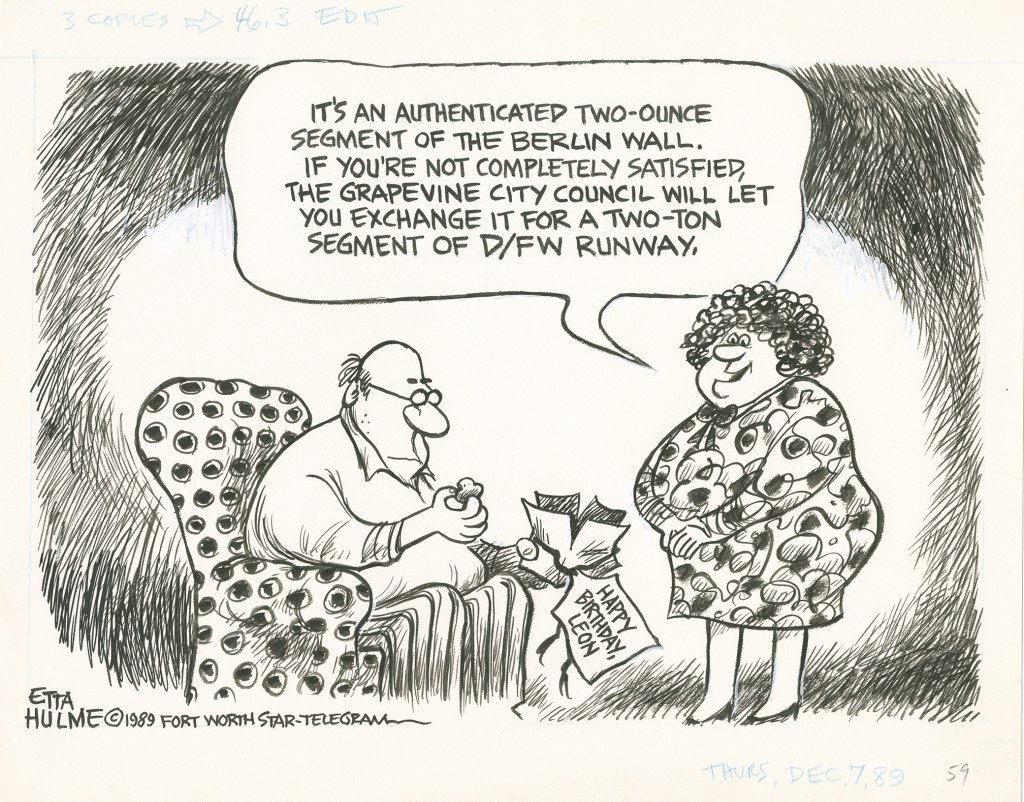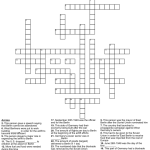Breaking Barriers: Unveiling The Berlin Wall Political Cartoon – A Captivating Call To Action!
Berlin Wall Political Cartoon: A Symbol of Divided Ideologies
Greetings, Berlin Readers! In this article, we will delve into the intriguing world of the Berlin Wall political cartoon. This powerful form of visual expression encapsulated the tensions, struggles, and political dynamics surrounding the iconic Berlin Wall during the Cold War era. Through clever imagery and biting satire, these cartoons provided a unique perspective on the division and subsequent reunification of Berlin. Join us as we explore the historical significance, key players, and the lasting impact of these cartoons.
Introduction
The introduction of the Berlin Wall political cartoon marks a pivotal moment in history. It symbolizes the ideological divide between the East and West, communism and capitalism, and the struggle for freedom. These cartoons served as a form of protest, shedding light on the inhumanity and absurdity of the Berlin Wall. They depicted the harsh realities faced by the people of Berlin and served as a powerful tool in challenging the status quo.
3 Picture Gallery: Breaking Barriers: Unveiling The Berlin Wall Political Cartoon – A Captivating Call To Action!



Throughout this article, we will examine the various aspects of the Berlin Wall political cartoon, from its origins and creators to its impact on public opinion and historical documentation. Join us as we uncover the layers of meaning behind these thought-provoking cartoons.
The What: Unveiling the Symbolism
The Berlin Wall political cartoon aimed to portray the political, social, and emotional anguish experienced by the people of Berlin. Through poignant imagery and clever symbolism, these cartoons depicted the struggles, hopes, and dreams of those living in the shadow of the Wall. They shed light on the dehumanization, separation, and surveillance that permeated the lives of Berliners during this tumultuous period.

Image Source: independent.co.uk
🔍 To illustrate this point, one cartoon titled Tear Down This Wall by John F. Kennedy depicted a crumbling wall with a small crack that grew larger and larger over time. This cartoon symbolized the unstoppable force of unity and the eventual downfall of the Berlin Wall.
The Who: Artists and Creators
The Berlin Wall political cartoon was the brainchild of talented artists and cartoonists who sought to challenge the status quo and express their dissent towards the division of Berlin. Notable artists such as Klaus Stuttmann, David Low, and Gerd Conradt used their creative talents to convey powerful messages through their illustrations.
🔍 One prominent cartoonist, Klaus Stuttmann, gained international recognition for his poignant and often controversial cartoons. His works captured the imagination of viewers and sparked conversations about the political climate of the time.
The When: Capturing Historical Moments
The Berlin Wall political cartoon emerged during the height of the Cold War, particularly after the construction of the Berlin Wall in 1961. These cartoons served as a visual chronicle of the events unfolding in Berlin and provided a unique perspective on the political and social climate of the time.

Image Source: und.edu
🔍 One noteworthy cartoon, titled Checkpoint Charlie, depicted the tense interactions between East and West Berliners at the infamous checkpoint. This cartoon captured the fear, frustration, and longing for freedom experienced by those affected by the division.
The Where: Global Impact and Influence
The impact of the Berlin Wall political cartoon extended far beyond the borders of Berlin. These cartoons served as powerful tools for raising awareness and influencing public opinion worldwide. They humanized the struggles of those living under oppressive regimes and inspired solidarity among nations.
🔍 For instance, a cartoon titled Iron Curtain by David Low depicted a menacing curtain dividing Europe, with people on both sides yearning for freedom. This cartoon resonated with audiences around the world, highlighting the universal desire for liberty and unity.
The Why: Challenging Authority and Sparking Change
The Berlin Wall political cartoon aimed to provoke thought, challenge authority, and stimulate discourse on the absurdity of the division. By using satire, irony, and wit, these cartoons exposed the hypocrisy of political leaders and brought attention to the plight of those affected by the Wall.

Image Source: uta.edu
🔍 In a powerful cartoon titled The Wall of Tears, Gerd Conradt depicted a weeping Berlin Wall, symbolizing the pain and suffering endured by the people. This cartoon aimed to evoke empathy and rally support for the reunification movement.
The How: The Power of Visual Communication
The Berlin Wall political cartoon harnessed the power of visual communication to transcend language barriers and reach audiences on a deep emotional level. These cartoons utilized simple yet powerful imagery to convey complex ideas and emotions, leaving a lasting impact on viewers.
🔍 One cartoon titled Barbed Wire Symphony by Klaus Stuttmann depicted a symphony orchestra playing behind a barbed wire fence. This image represented the resilience and spirit of the people of Berlin, who continued to pursue their passions despite the oppressive conditions.
The Advantages and Disadvantages
The Berlin Wall political cartoon had both advantages and disadvantages in the context of the Cold War era. On one hand, these cartoons provided a platform for dissent and served as a powerful symbol of resistance against oppression. They amplified the voices of the marginalized and challenged the authority of the ruling regimes.
🔍 However, the cartoons also faced censorship and suppression by the authorities. Many artists were targeted for their dissenting views, and their works were deemed subversive or dangerous. The dissemination of these cartoons was not without risk.
FAQs
1. Were Berlin Wall political cartoons illegal?
No, the creation and distribution of Berlin Wall political cartoons were not illegal. However, they often faced censorship and suppression by the authorities.
2. Did Berlin Wall political cartoons contribute to the fall of the Wall?
While it is difficult to attribute the fall of the Berlin Wall solely to political cartoons, they did play a significant role in raising awareness and shaping public opinion about the division.
3. Are there any notable Berlin Wall political cartoonists today?
Yes, there are many talented political cartoonists today who continue to use their art to comment on current events and challenge prevailing ideologies.
4. Were there any pro-Wall political cartoons?
Although the majority of Berlin Wall political cartoons were critical of the Wall and its implications, there were some pro-Wall cartoons that aimed to justify the division and emphasize the need for security.
5. How did the Berlin Wall political cartoons contribute to the reunification of Berlin?
By shedding light on the dehumanizing aspects of the Wall and inspiring public discourse, these cartoons played a part in fostering a sense of unity and ultimately contributed to the reunification of Berlin.
Conclusion: A Call to Action
The Berlin Wall political cartoon serves as a poignant reminder of the power of art in challenging oppressive regimes and unifying divided communities. These cartoons captured the essence of the struggle for freedom and continue to resonate with audiences around the world.
We encourage you to explore the vast collection of Berlin Wall political cartoons and reflect on their significance in shaping our understanding of this pivotal period in history. Let us learn from the past and strive for a world free from walls and divisions.
Final Remarks
In conclusion, the Berlin Wall political cartoon stands as a testament to the resilience and creativity of the human spirit. It serves as a historical record, an artistic expression, and a call to action. Let us remember the lessons learned from this dark chapter in history and work towards a future where unity, freedom, and understanding prevail.
This post topic: Berlin



